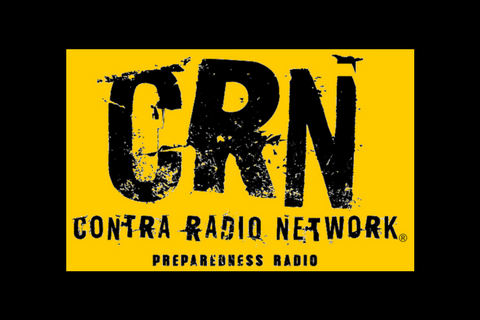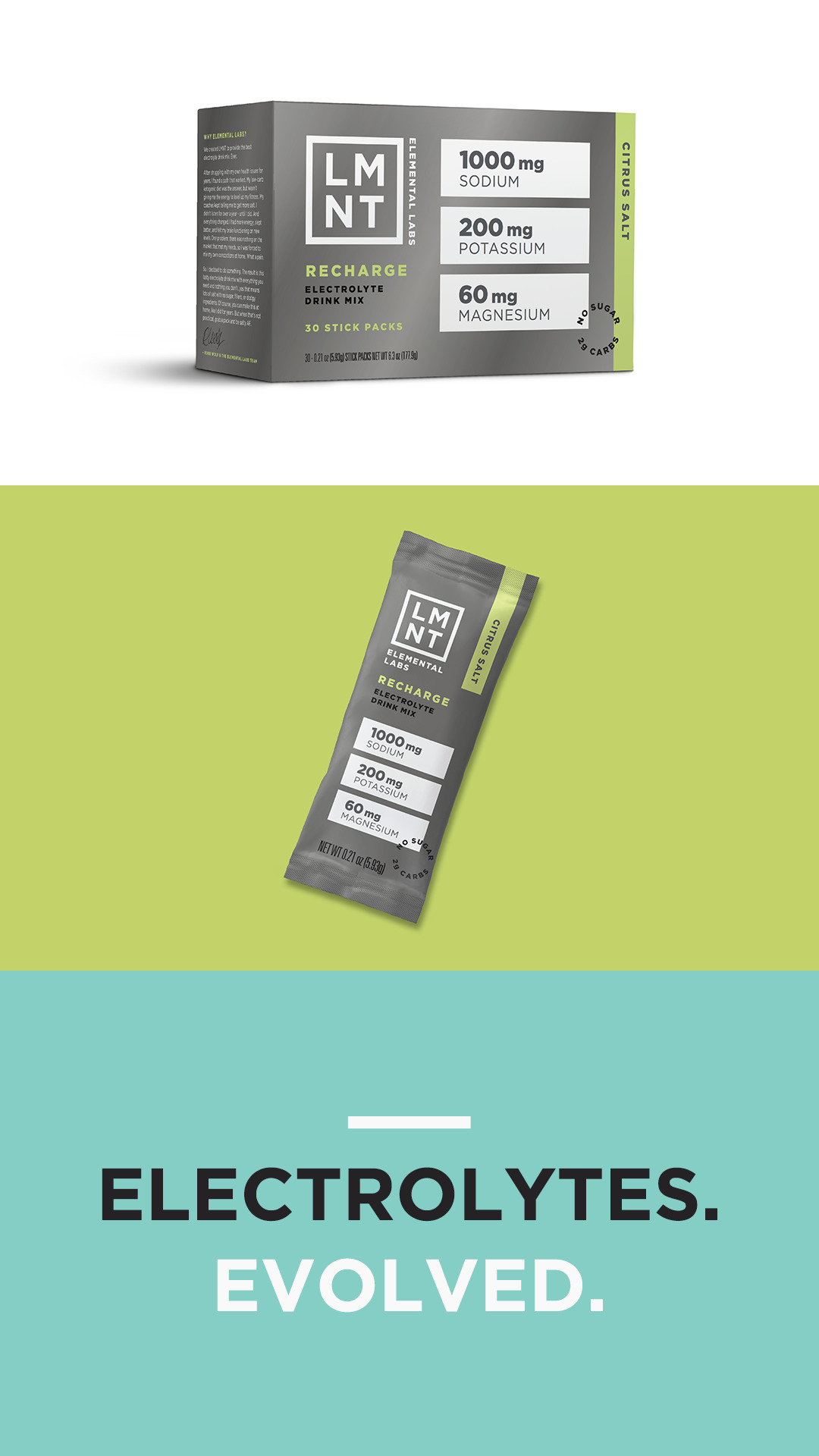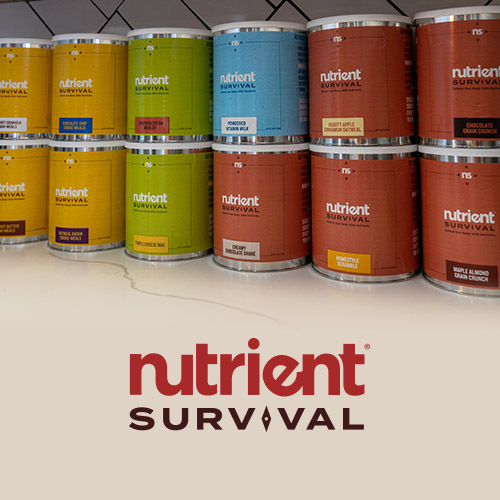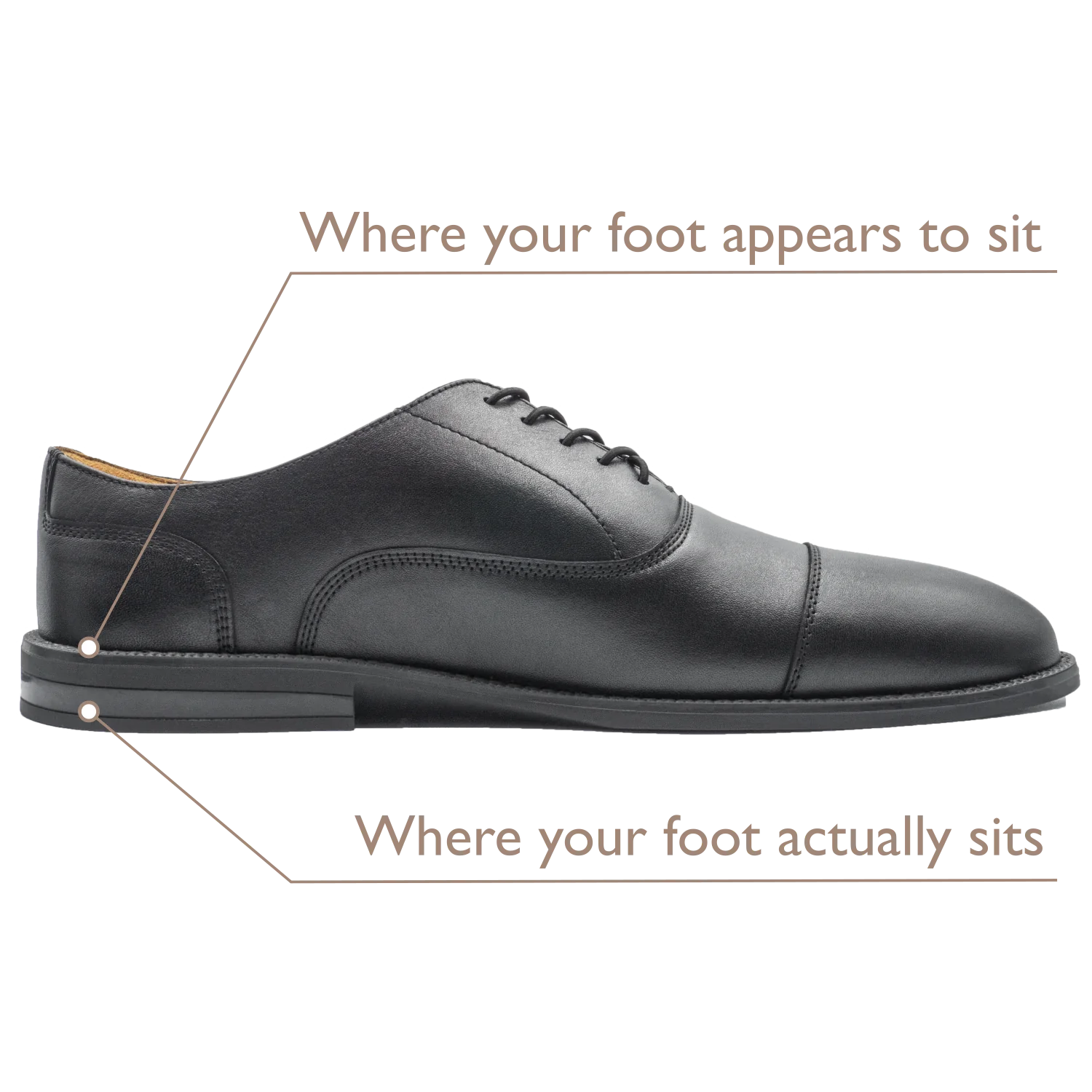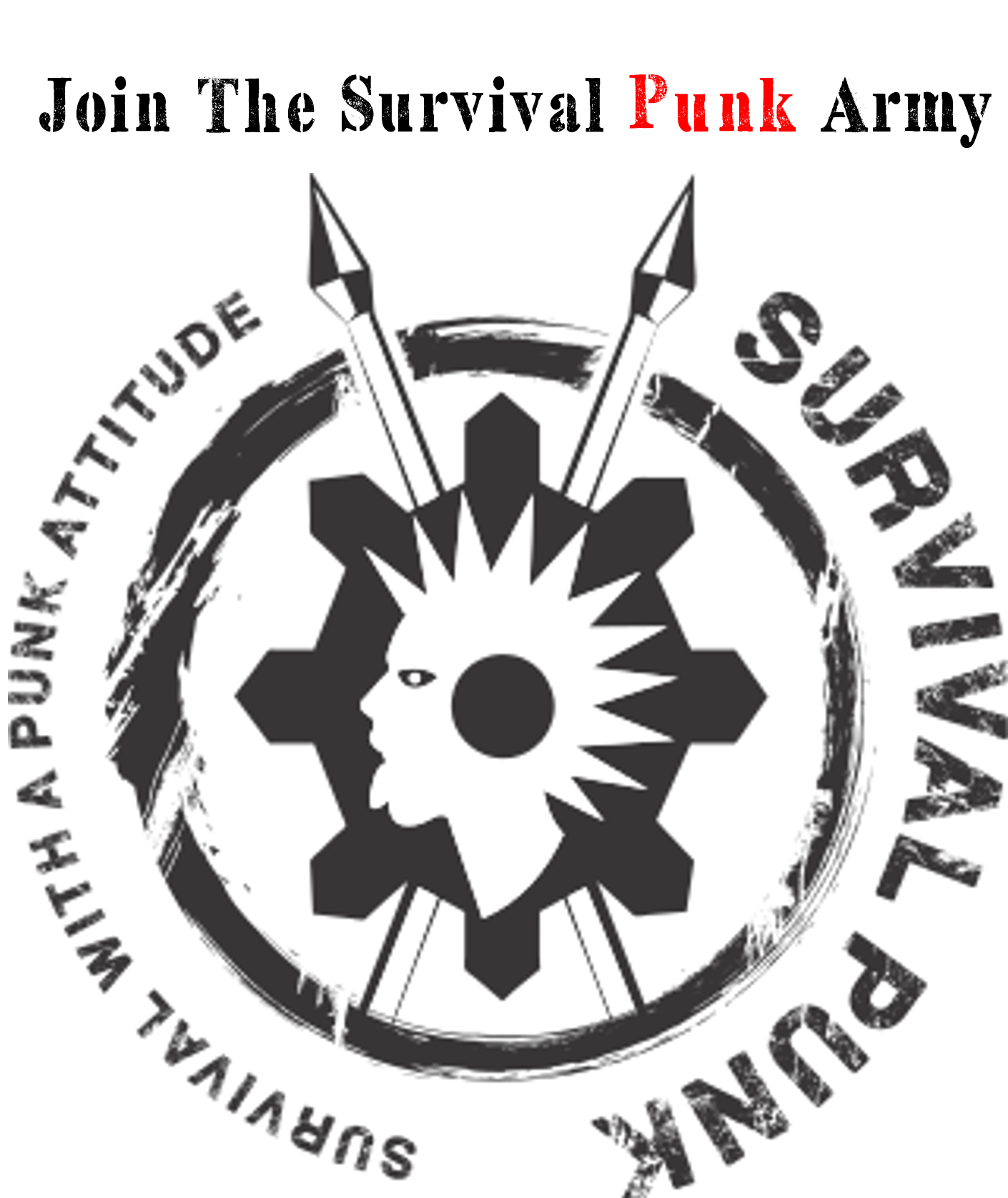Prepping vs. Hoarding: What’s the Difference? | Episode 392
Podcast: Play in new window | Download
Subscribe: RSS
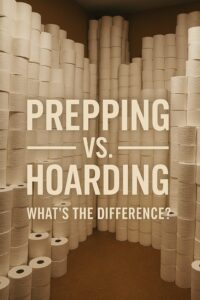
Prepping vs. Hoarding: What’s the Difference? | Episode 392
Clearing Up the Confusion
Every time there’s a crisis—be it a hurricane, a pandemic, or a shipping disruption—someone inevitably says, “Preppers are just hoarders.” It’s a lazy comparison and, frankly, a dangerous one. In Episode 391, we’re diving into the key differences between prepping and hoarding, why responsible preparedness isn’t selfish, and how preppers actually help the supply chain—not hurt it.
What Is Prepping?
Prepping is the proactive, organized process of building up resources, knowledge, and skills to handle future disruptions. It’s intentional. It’s long-term. And most importantly, it’s done before panic buying ever begins. Preppers slowly build food storage over time, rotate their supplies, and plan based on realistic scenarios—not fear.
What Is Hoarding?
Hoarding, on the other hand, is reactionary and chaotic. It happens when people panic and start grabbing everything in sight—usually right before or during a disaster. Hoarders aren’t planning ahead; they’re clearing shelves with no regard for others, often grabbing items they don’t need or won’t use, just because everyone else is doing it.
The Intent Matters
The biggest difference comes down to intent and timing. Prepping is thoughtful and steady, focused on self-reliance and stability. Hoarding is impulsive and selfish, usually sparked by fear or media hype. Preppers don’t cause shortages—they avoid becoming part of the shortage.
When a prepper buys an extra bag of rice every week for six months, they’re spreading out the demand. When someone panic-buys twenty bags the night before a storm, that’s hoarding.
Prepping Helps the System
Preppers actually ease the burden on the supply chain. Because they don’t rely on last-minute purchasing, they’re not part of the surge that overwhelms stores during an emergency. In fact, the more people who prep in advance, the fewer people panic when things go sideways.
Think of it like this: If 10% of the population were prepped for two months, the system wouldn’t crack nearly as hard when disaster strikes. Prepping is a buffer, not a burden.
How to Prep Responsibly
To prep without tipping into hoarding, follow a few simple rules:
- Buy in small, consistent quantities over time.
- Focus on what you’ll actually use and rotate.
- Don’t clean out shelves—leave some for others.
- Spread purchases across multiple trips or stores.
- Share knowledge, not fear.
Also, remember that prepping isn’t just about stuff. Learn skills. Build community. Grow a garden. That’s the heart of sustainable preparedness.
Final Thoughts
Preppers aren’t hoarders—they’re planners. They’re people who saw the cracks in the system long before the shelves went empty. While others panic, preppers stay calm. While hoarders take more than they need, preppers already have what they require.
The difference is responsibility. The difference is intent. And the truth is, the world needs more preppers—not fewer.
Links
Spam Single Classic, 2.5 Ounce Pouch (Pack of 24)
Think this post was worth 20 cents? Consider joiningThe Survivalpunk Army and get access to exclusivecontent and discounts! |
Don’t forget to join in on the road to 1k! Help James Survivalpunk Beat Couch Potato Mike to 1k subscribers on Youtube
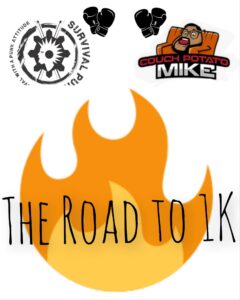
Want To help make sure there is a podcast Each and every week? Join us on Patreon
Subscribe to the Survival Punk Survival Podcast. The most electrifying podcast on survival entertainment.
Like this post? Consider signing up for my email list here > Subscribe
Join Our Exciting Facebook Group and get involved Survival Punk Punk’s



